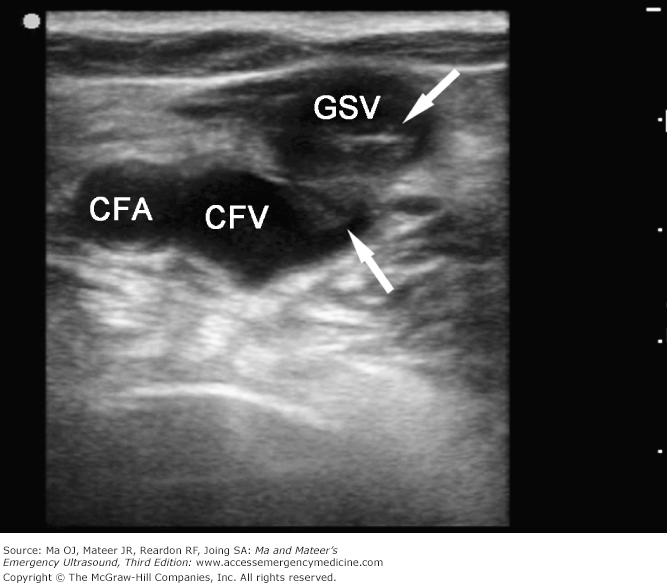[ad_1]
After some short deliberation in Congress, the Coronavirus Aid, Relief, and Economic Security Act (CARES) was signed into law on March 27. At TaxAct, we have spent countless hours reading the law, viewing informative webinars, digging through analysis, and making direct contact with the IRS. While there will be continued clarification around the law, including IRS news releases and notices, I’m here to try to help break down how this law impacts small businesses.
Paycheck Protection Program
Let’s start with business loans.
If you have a small business – meaning you have 500 employees or less – it may qualify for a Paycheck Protection Program Loan. Sole proprietorships, independent contractors, and other self-employed individuals all qualify as a small business. Your business must have paid salaries and payroll taxes for employees or contractors. Additional qualifications for this loan include:
- The loan is necessary for your business because of the economic uncertainty caused by COVID-19.
- The loan will be used for allowable purposes (described below) for your business.
- You are not receiving duplicate funds for the same uses from another Small Business Administration program.
What are the allowable purposes you ask? That means eligible payroll (such as employee salaries, paid sick or medical leave, etc.), mortgage interest, rent, pre-existing debt, and utility payments.
This is intended to be a low-interest loan, and the best part is that some of the loan is forgivable. If you use the loan proceeds for any of the allowable purposes (with at least 75% used for payroll) within the first eight weeks, the loan balance will reduce, and you won’t be taxed on the forgiven amount. The maximum amount of this loan is $10 million, subject to other limitations.
Congress has authorized up to $349 billion dollars for this loan program, and it’s scheduled to run through June 30, 2020. For more information, please refer to the Department of Treasury’s fact sheet, which includes more details on how to apply.
SBA Economic Injury Disaster Loans
Another type of loan that may benefit small businesses is a Small Business Association (SBA) Economic Injury Disaster Loans. The SBA works with states to provide low-interest federal disaster loans for businesses that are experiencing a substantial economic injury from the COVID-19 outbreak.
The maximum amount of the loan is $2 million and can be used to pay off debt, payroll, and other bills that cannot be paid due to COVID-19. Some borrowers can get an advance on the loan, with up to $10,000 of the loan considered a grant that does not have to be paid back. See the U.S. Small Business Administration Disaster Assistance website for more information.
Unemployment and Small Businesses
Traditionally, if you are self-employed or consider yourself an independent contractor, you can’t claim unemployment compensation. The CARES Act now allows you to claim federal unemployment compensation for up to 39 weeks, which takes you through the end of 2020.
There are a few stipulations. For example, if you can telework, you are ineligible. But if you are forced to close your business, you likely will qualify for this benefit. The three benefit components are:
- $600 of supplemental state-paid unemployment compensation for those who already qualify
- $600 plus the regular state unemployment rate provided by a pandemic unemployment program for those who are not normally eligible for unemployment compensation
- An extension of unemployment compensation by 13 weeks on top of the regular state timeline
Let me give you an example. If you are self-employed but unable to work due to COVID-19, components two and three apply to you. Normally, you couldn’t claim traditional unemployment, so component one would not apply to you. Instead, you would only receive $600 plus your state’s regular unemployment rate provided by a pandemic unemployment program. The length of the benefits would also extend 13 weeks. Currently, the extra $600 of unemployment benefits provided by components one and two are scheduled to end on July 31, 2020.
All states vary on the length of offered unemployment benefits. See your state’s unemployment website for more information.
Employee Retention Credit
What about the businesses that are trying to retain their employees during the crisis, but would prefer not to take out a loan? There’s some help for that too.
If you pay your employees from 3/12/2020 through 12/31/2020, and your operations are impacted by COVID-19, you may claim a refundable tax credit on your 2020 tax return. Many eligible employers can receive this credit in advance, which means your business can receive the money today instead of waiting to file a 2020 tax return. You must meet one of the following two qualifications:
- Your operations are fully or partially suspended due to COVID-19, or
- Your gross receipts decreased by more than 50 percent when compared to the same quarter in the prior year.
The credit serves as an incentive to keep paying your employees through this crisis. There are a few stipulations to the credit, however.
Your business can’t participate in any of the loan programs previously mentioned, and the credit amount may be limited if your business took a credit for paid family and medical leave provided in the Tax Cuts and Jobs Act. The credit amount is 50 percent of qualified wages you paid to your employees while they were unable to work due to COVID-19. The maximum credit amount is $5,000 per employee If your business employs 100 or less full-time employees, all wages qualify regardless of whether or not the employee’s ability to work is impacted by COVID-19.
Payroll Taxes Delayed
Another benefit of the CARES Act that small businesses may consider is delaying the payment of employer payroll taxes and self-employment payroll taxes. Under the new law, employers and self-employed individuals can defer payment of the employer’s share (which is 6.2%) of social security tax that they are responsible for paying in 2020. One-half of these taxes can be deferred to 2021, and the other half to 2022.
Other Provisions
There are several other provisions in the CARES Act that may apply to small businesses, but I’ll keep those details light. These include:
- Net operating losses (NOLs) generated in 2018 through 2020 can offset 100 percent of taxable income for tax years before 2021 and are allowed a 5-year carryback and indefinite carry-forward
- Non-corporate taxpayers can deduct excess business losses until tax year 2021
- A technical correction that allows qualified improvement property to have a 15-year asset life and qualify for bonus deprecation
- Interest expense limitations that were imposed by the Tax Cuts and Jobs Act are suspended
All of that makes perfect sense, right? It’s a lot of information to sort through. But that’s what we’re here to help with. The entire TaxAct team, including yours truly, will continue to digest and analyze this new law. Continue to check back for additional resources to help you navigate it all.
[ad_2]
Source link










